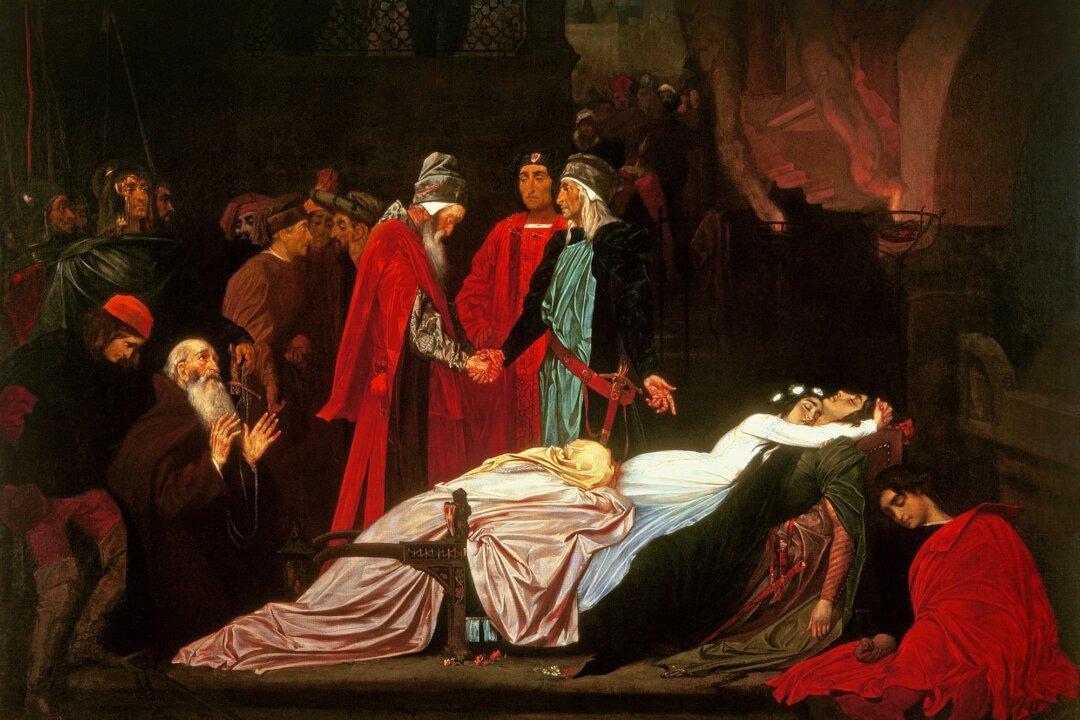The short stories of H. H. Munro, the English writer who used the pen name “Saki,” are macabre, mordantly witty, acerbic, suspenseful, and masterful works of literature.
“Interlopers,” published in 1919, is all these things and more. Superficially, it has a grim ending, but it challenges readers to consider the value of friendship, the hatefulness of grudges, and their revulsion of physical death. It asks readers to choose what’s more important: friendship or physical life.





